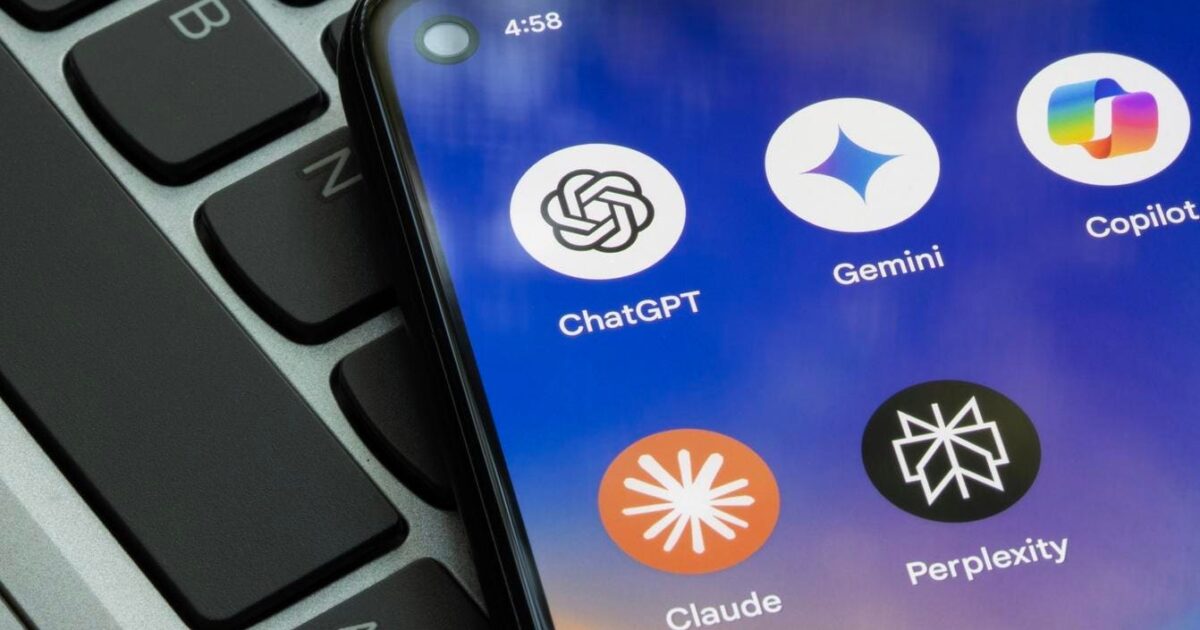Every AI Prompt Leaves A Hidden Environmental Price To Pay

Artificial intelligence has moved from science labs to daily life in just a few years. Tools like ChatGPT, Google Gemini, and Microsoft Copilot now run quietly in the background of billions of interactions each day. However, behind each seemingly weightless prompt lies a real physical cost in electricity, water, and carbon emissions. This article launches a new series on AI’s environmental footprint and will examine how the technology that feels invisible on our screens is reshaping global resource demand.
AI Prompts Quietly Build a Massive Resource Footprint
Every time you type a question into ChatGPT, Gemini, or Microsoft’s Copilot, you are quietly tapping into real electricity and real water. One ChatGPT prompt uses about 0.34 watt-hours of energy and 0.322 mL of water according to OpenAI CEO, Sam Altman’s blog. Gemini prompt consumes 0.26 mL of water and 0.24 watt-hours, according to the recent Google publication. If you are to multiply those figures by billions of daily queries, you will see that they add up to a demand that is much larger than even what some nations use in a year. Based on this data, ChatGPT prompts consume slightly more energy than Gemini, and even though it may seems trivial in isolation, billions of queries compound that into terawatt-hours annually. Consequently, the April 2025 International Energy Agency report, forecasts a sharp rise in global data center electricity consumption, which is expected to exceed 945 TWh by 2030. This is slightly more than Japan’s current electricity usage. The fact is that AI-driven workloads are identified as the main contributor, with energy demand from AI-optimized data centers projected to increase more than fourfold within the same period.
AI Growth Accelerates to Billions of Prompts Each Day
Since ChatGPT’s launch in 2022, AI adoption has grown at a speed unmatched in tech history. According to the Intelligent Computing Journal, the computational power requirements for sustaining the growth of AI is doubling every 100 days. While precise global prompt numbers are not disclosed, OpenAI reported 700 million weekly active users in August 2025. Additionally, ChatGPT users send 2.5 billion prompts daily according to a July 2025 Tech Crunch article. Furthermore, with Microsoft embedding AI into Office and Google into Gmail and Search, prompt volumes are likely at a scale unimaginable just five years ago.
AI Efficiency Gains Are Outpaced by Rising Global Demand
Advances in hardware efficiency and cooling technologies such as immersion cooling have lowered the water usage effectiveness of data centers. Microsoft has also invested heavily in renewable energy procurement to offset rising consumption. However, efficiency alone cannot outpace the exponential growth in AI usage. This is the classic Jevons Paradox where efficiency gains make technology cheaper to use, which drives more use overall. A single prompt may now use a fraction of a watt-hour, but billions of them daily translate to higher aggregate power and water draw.
AI is shaping the future
getty
AI has become inseparable from daily life, but its invisible costs are now impossible to ignore. A single prompt may only use a sip of water or a flicker of energy, yet billions of them accumulate into a global footprint shaping electricity grids and straining local water systems. According to Google, Microsoft, and OpenAI, efficiency gains are real and essential, but they are not enough on their own. What matters next is accountability which includes transparent reporting, smarter regulation, and conscious consumer use. If AI is to fulfill its promise without draining the planet, the world must treat every prompt not just as a question to a machine, but as a resource decision that belongs to all of us.

